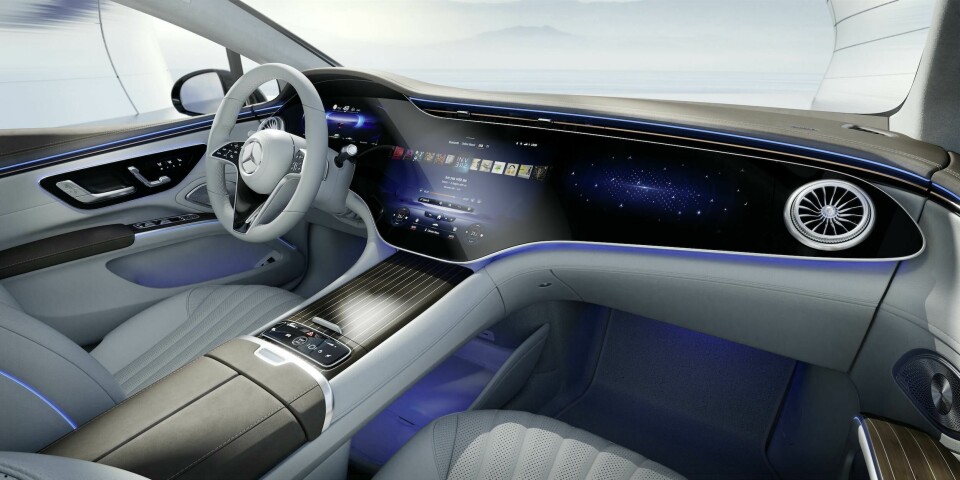
The future of screens: balancing tech and tactility
Car Design News takes a deep dive into what’s to come for the interior screen and how designers are integrating technology into the cockpit
Remember when driving was about, well, driving? Hands on the wheel, eyes on the road and maybe a CD collection sliding around the passenger footwell. Simpler times.
Fast forward to today, where your car’s interior is less about mechanical engagement and more about whether you’d like to watch a rerun of The Simpsons while your highway pilot takes care of the drive.
At the centre of this transformation is the super screen: digital real estate so expansive it makes your living room TV blush.
Mercedes-Benz leads the charge with its 56-inch MBUX Hyperscreen (and more recently the Superscreen) a curved expanse of glass that stretches across the dashboard. Cadillac offers a 55-inch pillar-to-pillar display in the Celestiq and even the family-friendly Ford Explorer now boasts a 14.6-inch portrait display. Superscreens, it seems, are the new leather seats
Perhaps it’s time to admit that the analogue driving experience has faded. Maybe it’s even been replaced by an all-you-can-eat buffet of screens, towering over dashboards, cascading down centre consoles and even spilling onto passenger-side displays.
But with an ever-growing digital presence inside new vehicles, car designers face a tricky question: how much is too much?
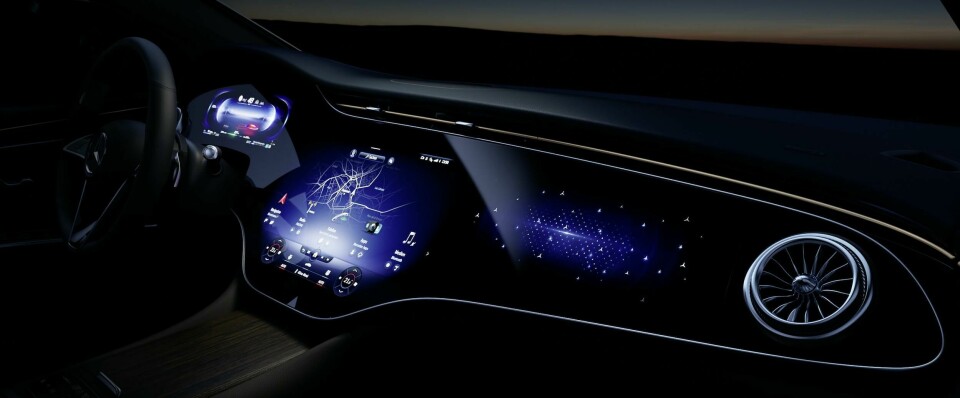
Designed to disappear – or steal the spotlight?
Integration is everything. Slapping a giant screen onto a carefully crafted interior is like hanging a flatscreen TV over a Renaissance painting. That’s why designers now obsess over how screens blend with materials, proportions and curvature.
Today’s interiors demand more finesse – screens that don’t just function, but belong. “It’s all about the way you integrate the screen into the bigger picture of the interior and how it’s filled with life through technology,” says Hartmut Sinkwitz, director of interior design at Mercedes-Benz.
Case in point, the MBUX Hyperscreen. A sweeping, tech-laden marvel that stretches across the cabin, it’s less of a dashboard and more a spaceship console sculpted from digital silk. “We created a digital piece of art – a futuristic, luxurious sculpture that stages technology through design. And above all, it’s intuitive,” Sinkwitz added.
Others are interpreting that philosophy with a lighter touch. Lotus, for example, keeps things lean in the Emeya. Its widescreen interface is quietly minimalist, relying on voice and gesture controls to keep visual noise to a minimum.
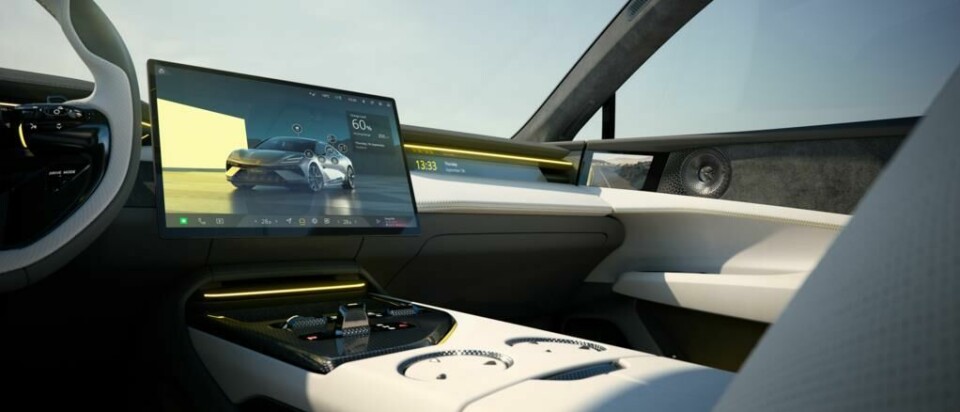
“Screens should blend with the cabin’s design language,” said Matthew Hill, head of interior design at Lotus. “The goal is harmonious integration of technology that enhances the driving experience.”
Derek Jenkins, senior vice president of design and brand at Lucid, takes a similarly refined stance but urges caution. “Bigger isn’t always better,” he said. “There’s been a push for omnipresent touchscreens everywhere, which in my opinion leaves cohesion behind.”
Even Ford – never shy with technology – preaches design restraint. “The display is positioned so that drivers’ eyes are up and out, rather than down and inside the cabin,” explained Christian Dodd, interior design manager. “It is vital that we don’t overwhelm the driver.”
It’s clear the age of the screen is here, but it’s the how that matters now. Whether it’s disappearing into the dash or taking centre stage, the best screens are those that know their place – and keep you in yours.
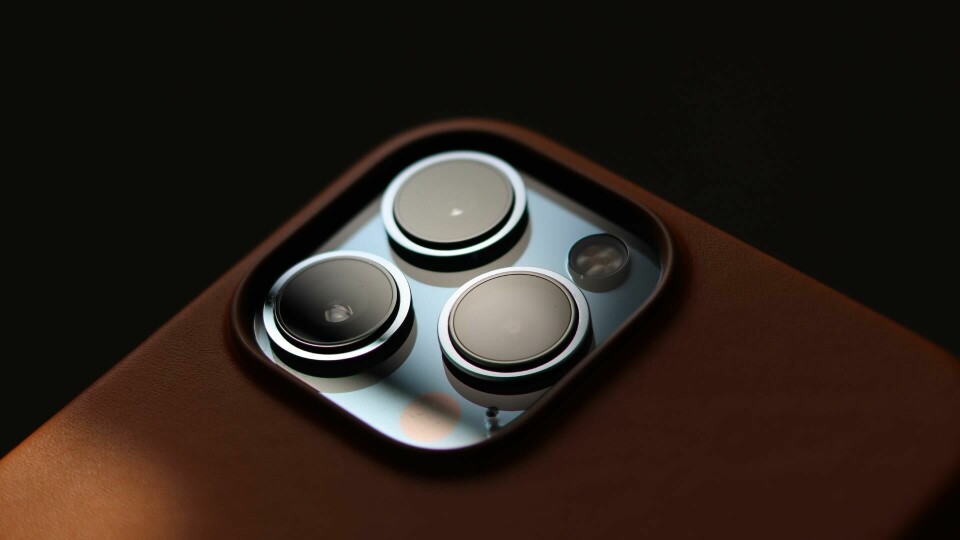
Futureproofing in a world that updates every year
While Apple release a new tech-laden iPhone every year, a car’s development cycle can be upwards of five to seven years, although start-ups have nudged this closer to three years or less in some cases. In any case, this creates a serious mismatch when trying to keep interfaces feeling fresh.
“Of course, we always strive to set trends,” Sinkwitz said. “But it is not just about [following] the very latest trends in technology, but also about combining those with creative new solutions that last for a complete generation of cars.”
Lucid’s Jenkins echoed this sentiment: “We’re not building TVs. Our job is to create environments that enhance driving – not distract from it.” That’s why Lucid focuses on how information is presented, not just on resolution or display size.
Ford leans heavily on behavioural research. “We regularly test new digital concepts in driving scenarios, both real and simulated, to ensure we maintain that balance,” said Dodd.
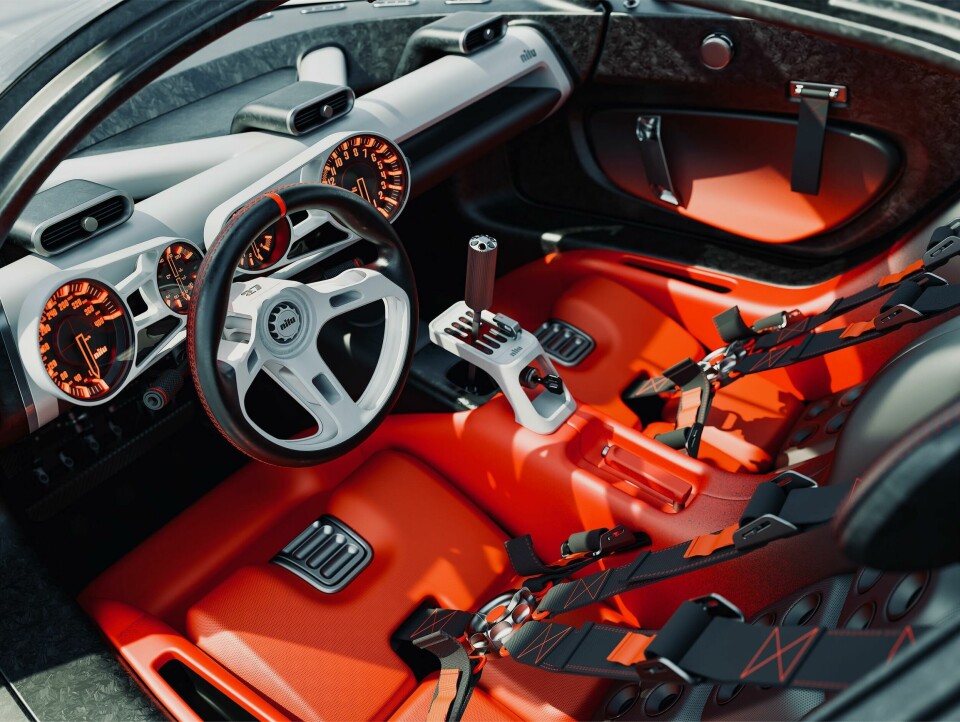
The tactile counter-revolution
As screens dominate, there’s a surprising resurgence of the humble physical button. Not because designers are nostalgic, but because sometimes, nothing beats the precision and usability of a well-placed button.
“There are functions – like volume or wipers – that should always be physical,” remarked Jenkins. Essentially, use screens and haptics where appropriate, but don’t bury basic controls in menus.
Sinkwitz is fully on board: “In all our designs, we aim to set standards for both design and functionality. It’s about enhancing user-friendliness, not just showing off tech. Safety and satisfaction are our top priorities.”
Ford’s solution? Give drivers options. Some want voice commands, others want dials. “Under pressure, choice is everything,” Dodd summarised.
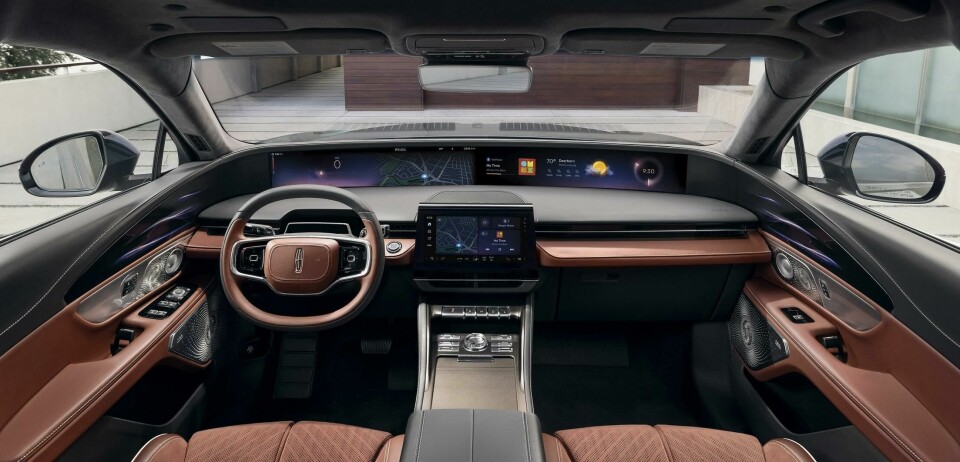
A new canvas for brand identity
As screens eat up dashboard space, they’re also becoming a new frontier for brand expression. Every animation, transition and icon become part of a digital signature.
Jenkins talks about how Lucid’s UI feels fluid and premium, while Dodd says Ford infuses its digital DNA into fonts, colours and even the voice assistant’s tone.
And when asked to define a unified brand identity on the spot? Sinkwitz didn’t hesitate: “Of course, the one from Mercedes-Benz.”
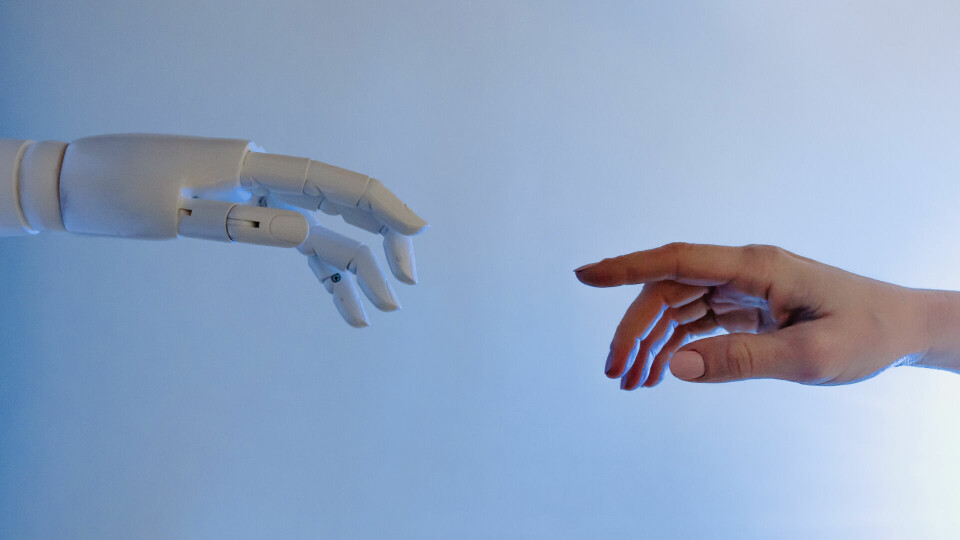
What’s next: more screens… or none at all?
With AI assistants, smart surfaces and gesture controls on the horizon, are we heading toward screen overload – or screen extinction?
Sinkwitz says screens are here to stay, especially with the shift toward autonomous driving. “Time in the vehicle will be used differently in the future – for video, gaming and more. Screens are essential for that,” he said. “But we also offer the MBUX Voice Assistant, which I’m a huge fan of. Speaking is the most natural form of interaction.”
Still, the shape of things to come is shifting. Lotus is looking into contextual menus and ambient feedback. Ford’s experimenting with mixed reality. Lucid dreams of AI-driven interfaces that don’t require a screen at all – but they’re not ready to toss the OLEDs just yet.
The real challenge isn’t deciding whether screens stay or go. It’s making sure they serve the story, not just the spectacle. As Sinkwitz put it: “We’ll keep pushing for screen architectures that open the door to a completely new world.” Just don’t expect Mercedes to build a TV.



